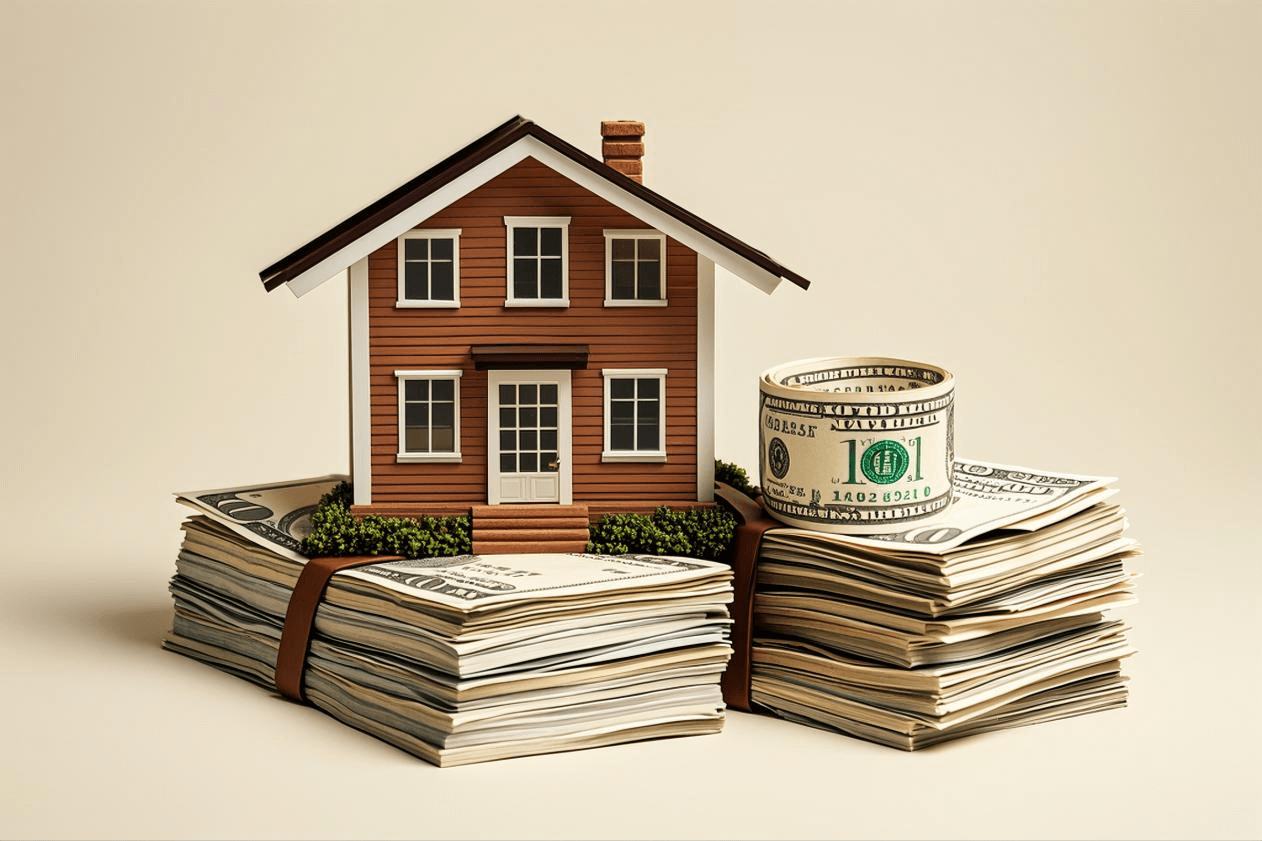Green and Budget-Friendly: The Best Strategies for Home Renovation

Renovating your home to be both eco-friendly and cost-effective is achievable with some strategic planning and smart material choices. Here are some practical tips:

1. Plan and Budget Wisely
Set a Detailed Budget: List all potential costs, including materials, labor, and unexpected expenses. Stick to your budget to avoid overspending.
Plan in Phases: If the entire renovation cannot be done at once, prioritize the most critical areas and tackle them in phases.
2. Use Sustainable Materials
Reclaimed Wood: Use salvaged wood for flooring, beams, or furniture. It’s environmentally friendly and often cheaper than new wood.
Bamboo: A fast-growing, sustainable resource that's durable and less expensive than hardwood.
Cork Flooring: Renewable and comfortable underfoot, cork is both eco-friendly and affordable.
3. Focus on Energy Efficiency
Insulation: Proper insulation reduces energy costs. Consider eco-friendly options like recycled denim or cellulose insulation.
Energy-Efficient Windows: Install double or triple-glazed windows to improve insulation and reduce heating and cooling costs.
LED Lighting: Use LED bulbs, which consume less energy and last longer than traditional bulbs.
4. DIY Where Possible
Simple Projects: Paint walls, install shelves, or lay down laminate flooring yourself to save on labor costs.
Recycling and Upcycling: Repurpose old furniture and materials instead of buying new ones.
5. Choose Low-VOC and Non-Toxic Materials
Paints and Finishes: Select low-VOC (volatile organic compounds) or zero-VOC paints and finishes to improve indoor air quality.
Adhesives and Sealants: Use non-toxic, low-VOC adhesives and sealants.
6. Opt for Renewable Energy Sources
Solar Panels: Though an initial investment is required, solar panels can significantly reduce energy bills in the long run.
Energy-Efficient Appliances: Invest in appliances with high energy-efficiency ratings to save on electricity bills.

7. Incorporate Water-Saving Fixtures
Low-Flow Toilets and Showerheads: These fixtures reduce water usage, saving money on water bills.
Rainwater Harvesting: Collect rainwater for garden irrigation or other non-potable uses.
8. Use Recycled and Recyclable Materials
Recycled Glass Countertops: These countertops are made from recycled glass and provide a unique look.
Recycled Metal: Use recycled steel or aluminum for structural elements and decorative features.
9. Seek Out Sustainable Suppliers
Local Materials: Use locally sourced materials to reduce transportation emissions and support local businesses.
Certified Products: Look for products certified by environmental organizations (e.g., FSC-certified wood).
Summary
By planning carefully and selecting sustainable materials, you can create an eco-friendly and cost-effective renovation. Incorporating energy-efficient systems and DIY efforts can further enhance savings while reducing your environmental footprint.